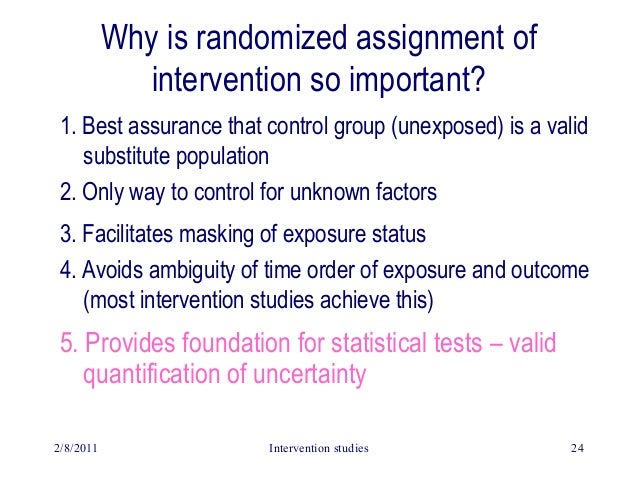
He defended intervention to protect natives from themselves, from their own harmful practices.ĭe Las Casas, in contrast, maintained that evil occurred everywhere and was not unique to Amerindians, denying justification for their subjugation, which could cause far more harm than good.

Sepulveda derived the right of European monarchies to dominion from the inherent barbarity of the Amerindians. Immanuel Wallerstein traces this rhetoric of power all the way back to the 16th century Valladolid Debate between Bartolome de Las Casas and Juan Gines de Sepulveda on the status of natives. Since the Americas were conceptualised as terra nullis to justify colonisation, conquest became embedded in a discourse of civilising universalism, in which those claiming to hold the truth self-righteously bestow upon themselves the right to intervene against the barbarians. Peoples and territories that were not Christian were treated as empty, un-modern spaces, up for grabs and improvement. The doctrine of discovery remains a contemporary political challenge because it paved the way for the principle of intervention. The WCC statement is relevant because it explicitly recognises that the concepts that emerged five centuries ago forged a paradigm of domination that is still deployed against indigenous peoples today. Identifying its historical significance, they framed the doctrine of discovery as the legal precedent that permitted continuous appropriation and resulted in the current extent of indigenous exploitation.

The WCC specifically identifies the role of the Catholic Church in establishing a doctrine that justified the conquest and acquisition of indigenous territories, repelling documents such as Dum Diversas (1452) that called for the enslavement of non-Christian peoples, the seizure of their possessions and the occupation of their lands.Īt last, churches have formally spurned any moral or legal right to seize indigenous land or dominate indigenous peoples. Affirming the rights of indigenous peoples to live in and retain their traditional lands as well as enrich their ancestral cultures, the WCC now urges governments to dismantle the legal structures and policies based on the doctrine of discovery and dominance so as to enable indigenous peoples to identify their own aspirations and pursue their own concerns. In February, the WCC issued a statement denouncing the doctrine used to colonise the Americas and enslave native populations as a violation of human rights. The problem is that the doctrine justifying the conquest and exploitation of certain states survived colonial times to evolve into a broader – and more resilient – self-arrogated right of intervention.
PRINCIPLE OF INTERVENTION HOW TO
Yet from the Amazon to Iraq, policies still attempt to save the barbarians from themselves, export the truth of democracy or teach natives how to best preserve their own habitat. Inside Story Americas – The real cost of Brazil’s dam The World Council of Churches (WCC) recently disowned the doctrine of discovery, perhaps in light of its centrality at the 11th session of the UN Permanent Forum on Indigenous Issues this coming May in New York. In the US, for instance, Chief Justice John Marshall used the right of discovery in 1823 to invalidate native claims over their land and to assert the authority of the US government over land titles. This internationally recognised doctrine allowed claims to be made on “empty” invaded lands outlasted European absolute monarchies and has become enshrined in secular nation-states.

European explorers like Columbus took possession of newly “discovered” non-Christian lands with the express authorisation of the Catholic Church. Yet today’s political ethics are surprisingly similar to the doctrine of discovery set by the Vatican back in 1452.įifteenth-century papal bulls that declared war against all non-Christian peoples also encouraged the conquest and exploitation of enemy territories throughout the world.

New York, NY – One does not think of archaic papal bulls when witnessing democratic states like Brazil or the United States building dams on Amazon rivers or drilling for oil in the Arctic Ocean.


 0 kommentar(er)
0 kommentar(er)
